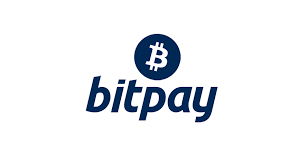It Was Bitcoin, Then Came Then Bitcoin Lenders

Japanese Could Be Possibly Behind Bitcoin’s Wild Surge
December 15, 2017
3 Reasons Why Bitcoin Is Failing As A Currency
December 15, 2017When bitcoin was introduced in 2009, people enjoyed making wealth by only selling the virtual currency. After a while, lending companies such as Nebeus, CoinLoan, EthLend, Salt and more flocked the cryptocurrency industry to lend people money using the digital hoard as a form of security or collateral. Some firms lend directly to the clients while others operate as intermediaries linking borrowers to the lending firms.
The terms and conditions for lenders are more time-consuming and difficult compared to the traditional loan lenders although the market has significantly grown huge. According to Aaron Brown, former managing director of AQR Capital Management and a great investor of digital currency, the lending industry in the digital currency is extensively grown and it’s now worth tens of billions of dollars.
However, one biggest challenge facing the cryptocurrency is that the bitcoin prices are very volatile and swings violently, thus making it dangerous for lenders to predict. In addition, the terms of lending become steep and ferocious. For instance, according to David Lechner, the chief financial officer at Salt, an investor looking for ways to tap $100,000 in cash is expected to part with $200,000 of bitcoins as security or collateral, and about 20% interest in a year.
Recently, Nebeus, based in London began assisting third-party lenders to offer loans supported by bitcoin, ether, and other cryptocurrencies. The company gave more than 100 loans on the first day and has since facilitated over 1,000 loans through their intermediaries. Salt also offers loans both directly and indirectly and has plans to help other financial institutions such as banks to do so too.
Furthermore, some lenders are trying to use the blockchains – the digital ledgers similar to those lending bitcoins to make lending possible. The idea behind is basically to attach the terms of lending into a ledger to help for the automation of loans and collections. If the blockchain model succeeds, it might challenge the existing peer-to-peer lenders.




